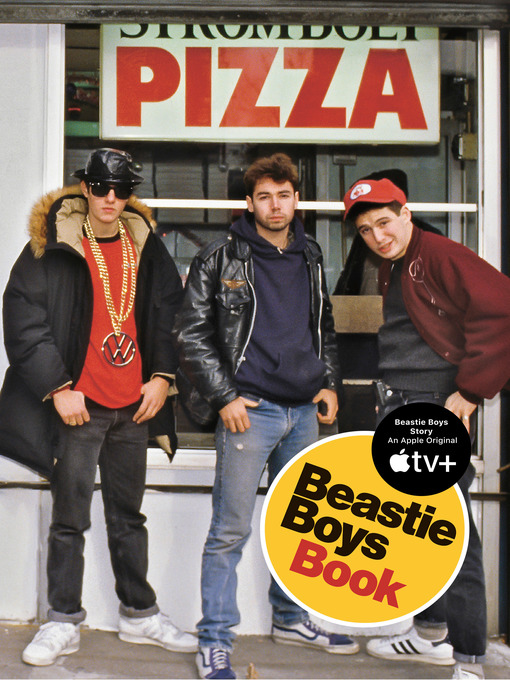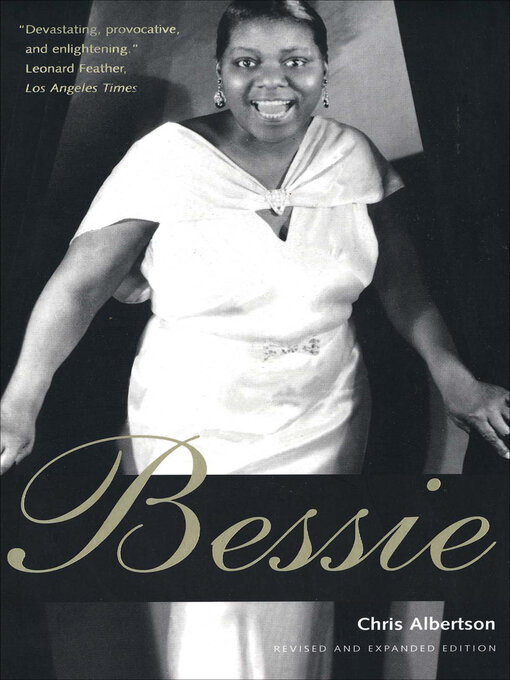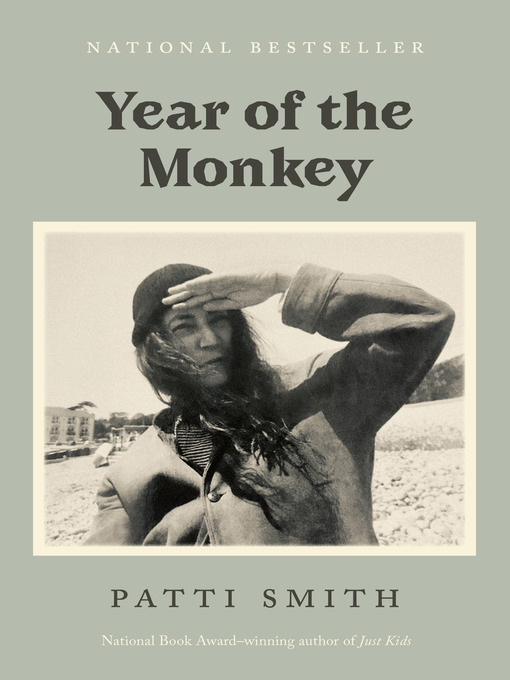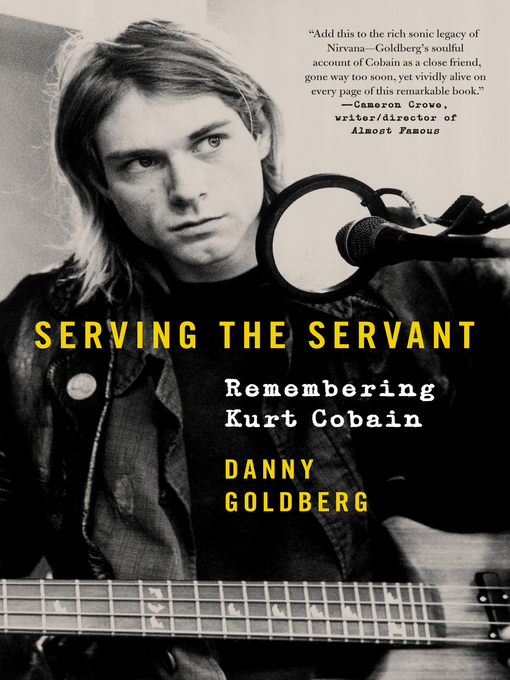 Gordon Parks, celebrated African American photographer known for his documentation of black poverty, is a good subject for juvenile biographies. I found two juvenile biographies that I think are worthy of note, and I believe they are good for both the young and old to read, especially out loud. In fact, I believe that adults should read children’s books and read them often.
Gordon Parks, celebrated African American photographer known for his documentation of black poverty, is a good subject for juvenile biographies. I found two juvenile biographies that I think are worthy of note, and I believe they are good for both the young and old to read, especially out loud. In fact, I believe that adults should read children’s books and read them often.
The first one, illustrated in colorful drawings, is titled Gordon Parks: How the Photographer Captured Black and White America. The other (Gordon Parks: No Excuses) contains his very own, gritty black and white photographs, among others. I prefer the latter, but both have their value as junior biographies.
I thought that the first biography painted a good portrait of his life. It moved me so much the first time I read it that I was on the verge of tears, as emotions swept over me imagining the difficulty that he experienced as a black photographer in his day. The illustrations are good, but why use illustrations when one can look as his work instead?
that I was on the verge of tears, as emotions swept over me imagining the difficulty that he experienced as a black photographer in his day. The illustrations are good, but why use illustrations when one can look as his work instead?
That is why I preferred the latter entitled Gordon Parks: No Excuses. Throughout the book the reader is reminded of an encouragement that his mother gave him as a child: “What a white boy can do, you can too—no excuses.” I was inspired by what he accomplished despite all the obstacles he faced, and awed by the opportunities he received.
Please take a look at these biographies, especially in 2020 when black lives are at the forefront of our lives.
(Stella Oh, McGirt-Horton Branch Library)
Filed under: Biography | Tagged: African American Men -- Biography, Photographers -- Biography | 1 Comment »


 but lots of folks were. Indulge in this collage of bio, photographs and reminisces, co-told by two members of the band, along with other contributors, that covers the thirty-year plus odyssey of the Beastie Boys.
but lots of folks were. Indulge in this collage of bio, photographs and reminisces, co-told by two members of the band, along with other contributors, that covers the thirty-year plus odyssey of the Beastie Boys. 3.
3.  more of a year-long personal journey throughout the American West and elsewhere as songwriter and poet Smith ruminates about age, tragedy, and the changing political climate.
more of a year-long personal journey throughout the American West and elsewhere as songwriter and poet Smith ruminates about age, tragedy, and the changing political climate. 7.
7.  was picking through his small bookshelf, and he recommended the book to me. We had very different thoughts about what’s important in life, and I desperately wanted to know what was important to him because I wanted to understand him. Now to the book.
was picking through his small bookshelf, and he recommended the book to me. We had very different thoughts about what’s important in life, and I desperately wanted to know what was important to him because I wanted to understand him. Now to the book. When the
When the  led me to think about reading a book about him, but I wasn’t in the mood for a serious volume about his presidency or a sad description of his assassination.
led me to think about reading a book about him, but I wasn’t in the mood for a serious volume about his presidency or a sad description of his assassination.  Hamilton, a British sportswriter, tells the story of Eric Liddell, a runner in the 1924 Olympics. You may remember Liddell from the Academy-award-winning film Chariots of Fire. Because he considered competing in the Olympics on Sunday a violation of his faith, Liddell declined to enter the 100-meter race. Instead, he ran in the 400-meter race, held on a different day. Despite his relative lack of experience in the longer race, he won the gold medal and set a world record for that event. This biography corrects some errors in the film’s portrayal of Liddell’s Olympic career.
Hamilton, a British sportswriter, tells the story of Eric Liddell, a runner in the 1924 Olympics. You may remember Liddell from the Academy-award-winning film Chariots of Fire. Because he considered competing in the Olympics on Sunday a violation of his faith, Liddell declined to enter the 100-meter race. Instead, he ran in the 400-meter race, held on a different day. Despite his relative lack of experience in the longer race, he won the gold medal and set a world record for that event. This biography corrects some errors in the film’s portrayal of Liddell’s Olympic career. Bird Johnson, Pat Nixon, Betty Ford, Rosalynn Carter, Nancy Reagan, Hillary Clinton, Laura Bush, and Michelle Obama. Brower drew much of her information from numerous interviews, including those with former White House staff and with members of these women’s families, and from the first ladies’ extensive correspondence.
Bird Johnson, Pat Nixon, Betty Ford, Rosalynn Carter, Nancy Reagan, Hillary Clinton, Laura Bush, and Michelle Obama. Brower drew much of her information from numerous interviews, including those with former White House staff and with members of these women’s families, and from the first ladies’ extensive correspondence. Emma Gatewood lived a hard life. She married a husband who proved to be abusive, had eleven children, and worked her fingers to the literal bone. At the age of sixty-seven, she took a walk as “a lark” that ended over 2,000 miles later, becoming the first woman to walk the Appalachian Trail.
Emma Gatewood lived a hard life. She married a husband who proved to be abusive, had eleven children, and worked her fingers to the literal bone. At the age of sixty-seven, she took a walk as “a lark” that ended over 2,000 miles later, becoming the first woman to walk the Appalachian Trail. A decrepit house in rural New York beckons the author as a place of rejuvenation. Many visits and much labor later, the property becomes a retreat for others, including immediate family, friends, and Wolf’s father, whose life and ideals set the tone for this book.
A decrepit house in rural New York beckons the author as a place of rejuvenation. Many visits and much labor later, the property becomes a retreat for others, including immediate family, friends, and Wolf’s father, whose life and ideals set the tone for this book. This is a fascinating, readable biography by a Pulitzer Prize-winning author.
This is a fascinating, readable biography by a Pulitzer Prize-winning author.